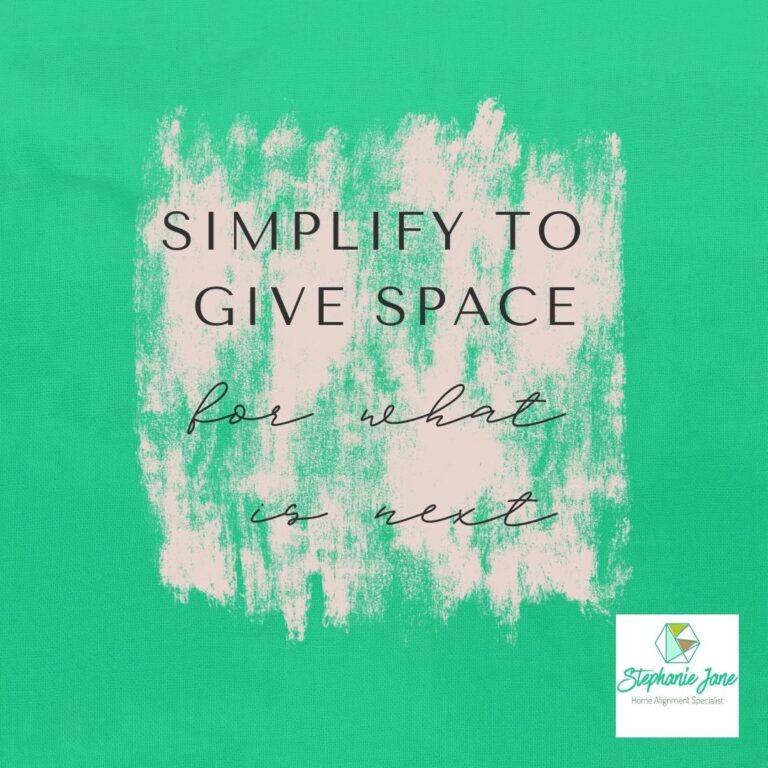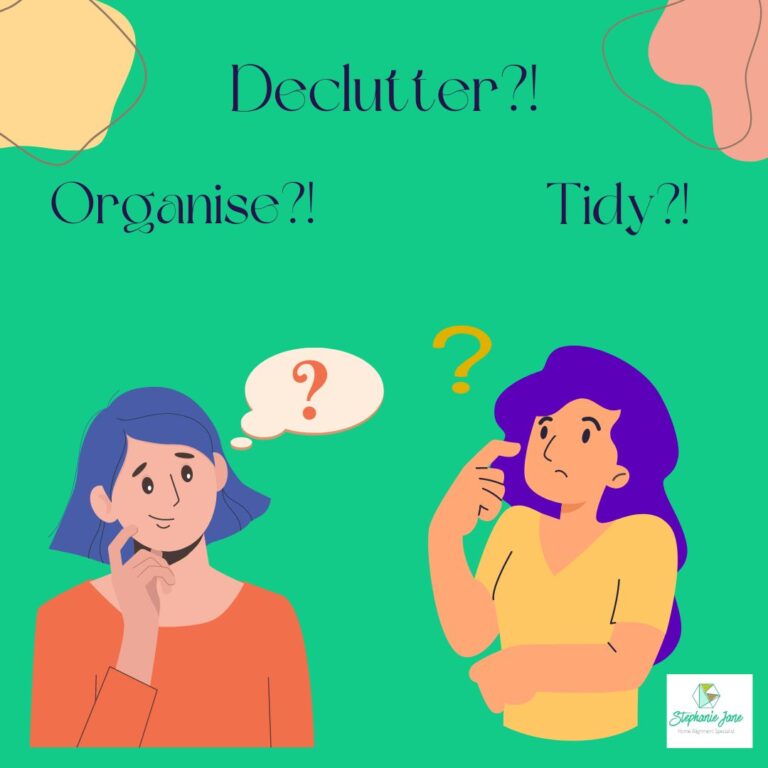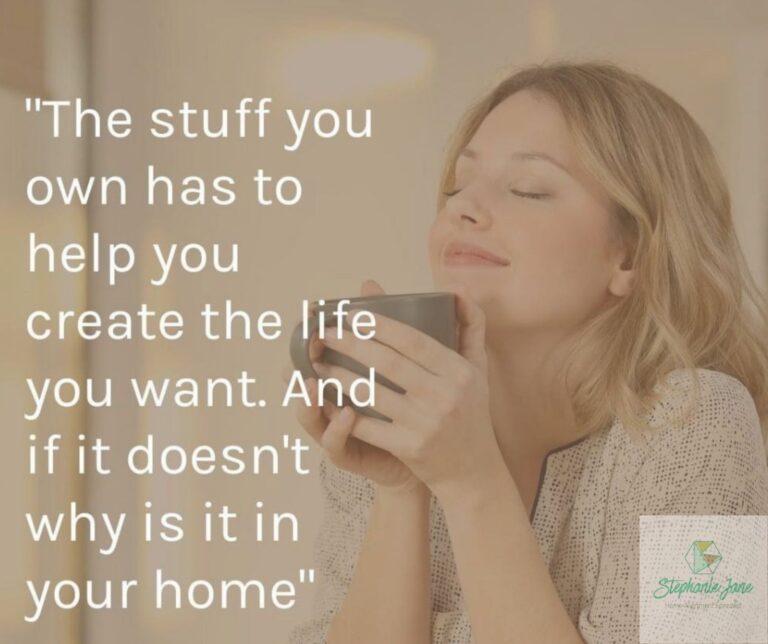Hello world!
Welcome to WordPress. This is your first post. Edit or delete it, then start writing!
Welcome to WordPress. This is your first post. Edit or delete it, then start writing!

The article provides tips for maintaining a clean home. It emphasises the importance of a cleaning routine, cleaning as you go, having cleaning supplies on hand, using preventative strategies, establishing opening and closing routines, and utilizing smart home technology. A clean environment can reduce stress, improve mood, and enhance overall well-being.

If you’re ready to tackle clutter, here’s a 5-step guide to decluttering your home. Envision the end result, sort items into keep-donate-bin piles, and check the donate and bin piles. Get organised and label storage containers for easy access. These tips will help kickstart your decluttering journey. For more assistance, check out Steph’s Declutter DIY Products or seek one-on-one support.
In a world of rush and efficiency, consider a slow cleaning approach for spring cleaning. Rather than fast-paced tasks, focus on mindful cleaning, decluttering, and using techniques like the Pomodoro method to make the process more relaxing and enjoyable. This intentional approach can transform your home and support your well-being.

Let’s take a look through the psychology of stuff with seven quirky insights! Get ready for a lighthearted exploration of…

Recognise signs of needing to declutter: difficulty finding items, prolonged cleaning, anxiety about guests, negative emotions, storage overload, cluttered surfaces. Start with small tasks, create a checklist, and address one area at a time. Proactive decluttering leads to a more tranquil living environment and long-term organization.

The Spring Equinox, marking the arrival of spring, symbolises balance and renewal. Similarly, Feng Shui, an ancient Chinese practice, seeks harmony and prosperity through spatial design and the flow of energy. By aligning with the Equinox’s energy, we can infuse Feng Shui with vitality, fostering balance and abundance in our lives.

Decluttering, tidying, and organising are often used interchangeably, causing confusion. Decluttering involves removing unnecessary items, while organising arranges belongings logically. Tidying maintains order and prevents clutter. Using the right process is crucial to achieve desired results and avoid regrets. The sequence should be decluttering, organising, and then tidying, with regular decluttering to maintain a tidy home.

The author’s journey from decluttering after a divorce led to realisations about the freedom and mental well-being that come with simplifying possessions and finances. Overcoming initial fears, they found unexpected happiness in owning less. The tips for regret-free decluttering include starting small, capturing memories, experiment with a time-limited approach, and embracing the concept of Swedish Death Cleaning.

Decluttering is a challenging but rewarding journey. Focus on treasured possessions, prioritize love and connection over material items, resist accumulating more belongings, define true desires for happiness, and create space for what truly matters. For decluttering assistance, visit stephaniejanehomealignmentspecialist.wordpress.com/products-services.